Research
Frontiers in Pharmacology: challenges and gaps in psychedelic research
Psychedelic Health spoke to Miami University researchers about how future research can address research challenges and knowledge gaps in the field of psychedelics.
Published
1 year agoon
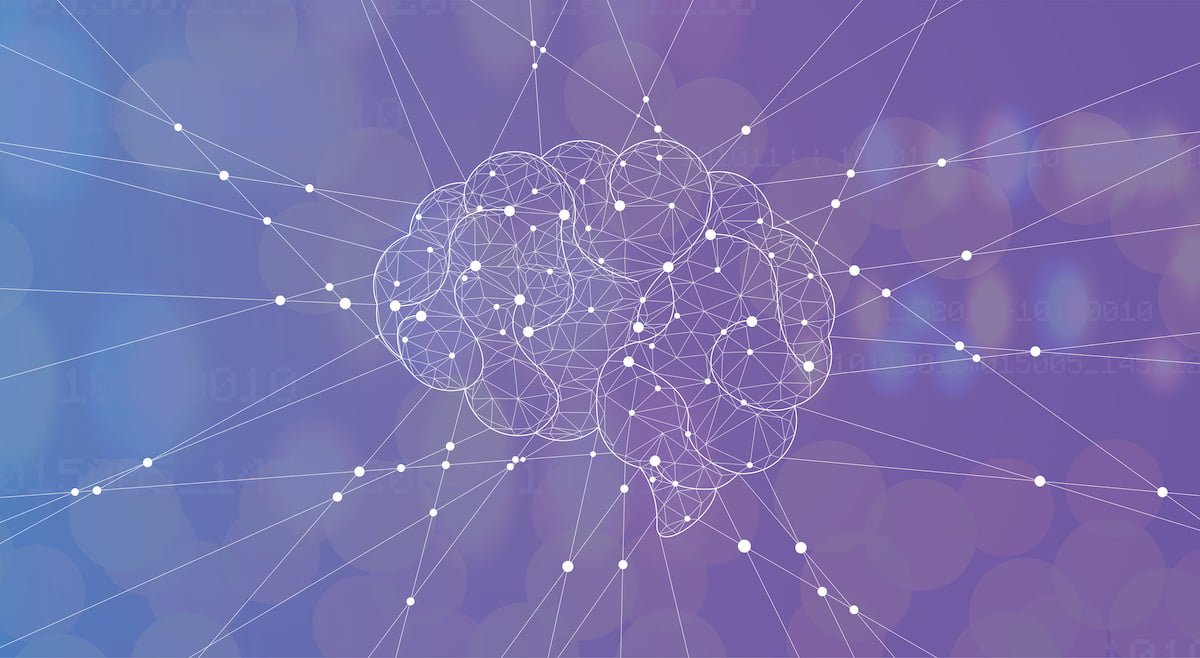
The therapeutic benefits of many psychedelics have been clearly demonstrated through clinical trials, where the use of psilocybin-, ketamine-, and MDMA-assisted psychotherapy showed striking long-term improvements in addiction, anxiety and depressive symptoms, and post-traumatic stress disorder. Yet, clear gaps in our knowledge of their mechanisms of action remain.
In a recent Research Topic – a special collection of articles – entitled What is up with psychedelics anyway? included in the Neuropharmacology section of the well-regarded journal Frontiers in Pharmacology, Professor Matthew McMurray, from Miami University’s Department of Psychology and colleagues, explored the mechanisms of psychedelic drugs in the context of the altered states of consciousness induced by the drugs, and how that relates to the therapeutic effect of these agents.
Psychedelic Health spoke to Professor McMuray and his post-doctoral researcher, Dr Ryan Rakoczy, about some of this Research Topic, current research challenges and knowledge gaps, and how future research could come to address them.
What are the current knowledge gaps regarding the mechanisms of action of psychedelics?
Mechanism is a tricky word. First, we must acknowledge that all drugs cause multiple effects, and that the mechanisms of each effect vary. For example, the mechanisms of psychedelic-induced hallucinations may differ from the mechanisms of the therapeutic effects of psychedelics. So, we must first choose an effect to study.
Next, we much acknowledge that drug mechanisms exist at numerous levels, from cognitive/perceptual to systems-level neural circuits to bio-molecular processes. Psychedelic drugs clearly shift our cognition and perceptions through the hallucinations they induce at higher doses. Numerous human and animal studies have also shown that they have the power to grow and reshape neural circuits, within and between brain regions. These drugs also act on particular molecular targets, such as serotonergic receptors. All these mechanisms are independently well-studied, so perhaps the largest gap in the literature is the connection between them.
To what extent do their molecular actions drive changes in brain circuits? To what extent do changes in perception reshape molecular processes? These are not simple questions to answer, and they are not unique to the field of psychedelic drugs; however, psychedelic drugs carry their unique challenges.
There are often legal restrictions associated with these compounds that must be navigated, many of which preclude using them in human studies. This has led researchers to focus on animal studies but translating the findings from animal studies to humans is also challenging. Even in the existing human studies, there are a lack of standardized “tools” available to quantify and control for the highly subjective and variable responses to psychedelic drugs. For example, the lack of reliable placebo controls has been a significant barrier. This lack of standardized methods has made it challenging to draw conclusions across human studies.
Lastly, we know that both treatment context and patient history matter, but controlling for these across studies is challenging, especially in the context of the aforementioned issues. So, there are many challenges to understanding the mechanisms of psychedelic drugs.
Despite these challenges, human and animal studies have begun to focus on a shared mechanism of all drugs that cause hallucinations: activation of serotonin 5-HT2A receptors in the brain. Experiments using the selective 5-HT2A blocker ketanserin have shown that it can block many of the effects of psychedelics in both humans and rodents. More widespread use of this pharmacological tool is needed to truly understand the role of this receptor system, especially in clinical studies.
However, despite sharing this one target (5-HT2A), psychedelic drugs (and ketanserin) are highly variable in their mechanisms and affect a wide array of other neurotransmitter systems, including dopamine and norepinephrine. These “off-target” effects are likely responsible for the unique pattern of each compound’s effects, but more research on this is clearly needed to relate these molecular targets with the neural and perceptual processes affected by each drug. A deeper understanding of the relationship between the micro- and the macro- processes affected by each drug will undoubtedly lead to more effective usage of these compounds in clinical settings.
What is the current understanding of how the altered state of consciousness (ASC) contributes to therapeutic benefits?
This is a major question in the field, and it’s hotly debated. It’s currently unclear how altered states of consciousness contribute to the therapeutic benefits of psychedelic drugs, or even if an altered state is required at all.
There have been two approaches to studying this topic. First, blockade of the 5-HT2A receptor with ketanserin has been shown to block the hallucinations induced by psychedelics. This approach has been widely used in animal studies, but less frequently used in human studies. In animal studies, this approach has shown that ASC may not be required for many of the therapeutic benefits, but this has yet to be verified in well-controlled clinical studies.
The second approach to studying this topic has been to administer sub-hallucinogenic doses of psychedelics (e.g., “micro-doses”). This approach has been widely used in both human and animal studies, but these studies have shown minimal and inconsistent findings that are challenging to interpret. Given the fast rate of metabolism of these compounds, it is unclear how much (if any) of the drug is reaching the brain, and major differences in study design (e.g., chronic vs. acute dosing) has made it difficult to compare the results of these studies to studies using hallucinogenic doses.
Lastly, and perhaps most significantly, the lack of adequate placebos has been a major barrier to understanding the necessity of an ASC to therapeutic effects. Without good controls, answering this question may be impossible.
You recently led a Research Topic in Frontiers in Pharmacology entitled ‘What is up with psychedelics anyway?’ Can you tell us a little more about this – what it was designed to achieve?
The underlying purpose of this special issue is to provide a venue for the publication of research related to psychedelic-induced altered states of consciousness and their therapeutic benefits. Currently, articles related to altered states of consciousness have limited publishing options, and those options that do exist may not be widely read by others studying psychedelic drug action. We hoped that by providing a more accessible and more widely read publication space for both clinical and pre-clinical researchers, we could begin to address the question of whether altered states of consciousness are required for the therapeutic benefits.
The editorial team consists of myself, Dr Sarah Mennenga, Dr Candace Lewis, and Dr Stephen Helms Tillery. When we first met to discuss the idea behind this issue, we debated its focus; should it be broad or more focused? In the end, we decided that the field would benefit from the more inclusive perspective we adopted.
The special issue now includes research using qualitative, quantitative, human, and animal methods to investigate this topic, and includes investigators from across the world. We see the inclusive nature of this issue as a real strength.
How important is it for large and influential journals such as Frontiers in Pharmacology, which has recently seen its Impact Factor increase to 5.988 and its CiteScore reach 6.6, to cover such topics as psychedelics?
Public and medical perceptions regarding psychedelics have recently shifted towards the positive, as increasing numbers of clinical trials have demonstrated their therapeutic benefits in some contexts.
Therefore, it is paramount that any peer-reviewed research performed with psychedelic drugs be published in an open access and high-profile manner to allow and encourage more well-informed decisions to be made regarding clinical trials, drug policy, and basic science experimental designs.
Frontiers in Pharmacology has provided just such an opportunity to the field.
To focus in on some of the themes of the Research Topic: how can we better inform our understanding of psychoactive impact vs. biological impact of sub-hallucinogenic doses that may have anti-inflammatory or pain-reducing effects and how either of these may impact mental health?
Whether we consider sub-hallucinogenic or higher doses, the anti-inflammatory effects of many psychedelics may be essential to any therapeutic benefits. There are countless studies exploring the role of inflammation in psychiatric disease, especially neuroinflammation, and such psychedelic effects would certainly tap into those mechanisms.
Unfortunately, these anti-inflammatory effects are largely understudied in the psychedelics field. Most research with psychedelics has focused on their neural and/or behavioral effects, so there is a real need for more research in this field. Additionally, experiments investigating the effects of psychedelics on the periphery (i.e., gut microbiome or cardiac and smooth muscle tissue) may uncover novel mechanisms for therapeutic effects. For example, modulation of the gut-brain axis may serve as a novel therapeutic route for treating a variety of mental health disorders.
Lastly, such studies may also uncover novel uses for psychedelics in the treatment of other diseases not directly related to mental health. For example, the same serotonin receptors psychedelics bind within the brain and cause hallucinations (5-HT2A) are also found in the gut and mediate intestinal motility. So, it is necessary that we expand our research to focus on the full spectrum of effects psychedelics have, not just those taking place at synapses.
How can mechanism of action research help us understand the role of psychedelics as biological response modifiers?
Understanding how a drug works (its mechanism) is the key to unlocking a few important pieces of information. First, it can inform us of the drug’s effectiveness. If a novel drug’s mechanism is similar to an existing effective compound, this would suggest it may work as effectively. If it’s a new mechanism, then we need to spend more time evaluating the effectiveness of the drug.
Additionally, identifying new mechanisms can inform us of a second key piece of information: the biological basis of the disease. In other words, if a drug affects target A, it’s likely that target A is disrupted by the disease state. This information then provides us with an opportunity to develop better drugs to affect target A, or we can use this information to help identify at-risk individuals to prevent the onset of the disease.
Lastly understanding a drug’s mechanism can help us understand what undesirable effects a drug may have. For example, psilocin (the active form of psilocybin) has a relatively high affinity for serotonin 5-HT2B receptors, which are essential for healthy cardiac function. Its action at this target could raise concerns about the potential for heart complications if the drug is used clinically or recreationally.
In general, more research is desperately needed on the mechanism of action of psychedelic drugs. One could say there is still a lot of “low-hanging fruit” in this area, but with barriers of high-cost, lack of access, legal restrictions, and lack of adequate standardized controls, these questions are harder to answer than in other fields. A better understanding of the effects these drugs have at the cellular level would help provide a foundation for defining their effects at the level of the whole animal.
For example, LSD and psilocybin both bind with the same receptor (5-HT2A); however, upon binding they activate different intracellular second messenger signaling pathways (beta-arrestin vs. Gq-GPCR, respectively), causing different down-stream effects on the cell. The differential activation of these cellular signaling pathways by LSD and psilocybin may explain why they elicit somewhat different biological and behavioral responses.
Can a better understanding of altered states of consciousness (ASC) inform the therapeutic understanding of the mystical experience, and can it inform our understanding of the role of compounds such as ketamine as much-needed “fast-acting” antidepressants?
It is unknown if an ASC is a prerequisite for achieving antidepressant effects with psychedelics. Studying non-drug-induced ASCs (hypnosis, meditation, etc.) and comparing them to psychedelic-induced ASCs may uncover common physiological mechanisms. If ASCs are the sole mechanism by which psychedelic drugs exert their therapeutic effects, it may be possible to induce these same effects without exposure to the drug.
Additionally, identifying the brain regions participating in the psychedelic-induced “mystical experience” may help pinpoint where in the brain psychedelic drugs exert their therapeutic effects, and perhaps even suggest the brain regions involved in the pathogenesis of mental health disorders.
Similarly, identifying the receptors and cellular signaling pathways activated during ASCs could suggest therapeutic targets for the development of more focused medications.
Can mechanism of action research inform our understanding of pharmacological factors vs. non-pharmacological factors of the compounds’ effects (set/setting), such as how the compounds impact neurobiological responses to enriched environments, and whether or not this has therapeutic effects? And, therefore, how the use of these compounds can be implemented in healthcare?
This is an essential question in the field of psychedelics. There is substantial evidence that the set/setting has a significant impact on the effectiveness of these drugs, especially the individual’s expectations. This is one of the reasons why more research is needed with healthy volunteers and why better controls (environmental and placebo) are needed in clinical studies. Additionally, we must know how the set and setting affect the targets of psychedelic drugs. For example, if set or setting bias 5-HT2A levels, we would expect them to affect the hallucinations caused by psychedelics. Thus, we must understand both the mechanisms of the drugs, but also the mechanisms of the set and setting.
To address these questions, we need to compliment clinical and whole-animal work with research using ex vivo and in vitro methods, to remove the “emotional” and “sensory” response to environmental stimuli that may influence the subjective response to psychedelics.
For example, cell culture experiments with ex vivo brain tissue could determine if changes in synaptic plasticity, receptor density, or gene expression, among other things, change during and after psychedelic drug exposure, in the absence of any particular setting. Should these compounds be made more widely available for healthcare uses, we should expect their use to occur in a variety of uncontrollable settings. Therefore, optimizing their dosage, route of delivery, etc. must be done in a way that embraces variance in set and setting.
Can it help us understand psychedelic-induced neuroplasticity and/or give us a broader understanding of mental health in general?
Mechanism exists at multiple levels of the organism, from cognition to molecules. To understand any disease and the best way to treat it, we must understand the disease’s mechanisms, as well as the mechanisms of the drug we wish to use to treat it. By matching the two sets of mechanisms, we can best tailor the drug to the disease. Psychedelics have broad effects, from cognitive to molecular.
The unique mechanism of each drug may even suggest the particular mental health disorder it is best suited to treat. Without more research on the mechanisms of psychedelics, and a deeper understanding of disease mechanisms, all drug development is basically a guessing game.
Looking beyond the scope of your Research Topic, what other areas could future article collections in Frontiers in Pharmacology focus on to either help fill the aforementioned knowledge gaps or address completely different areas related to psychedelics?
Some suggestions for future issues include:
- Molecular effects of psychedelics (research using ex vivo tissue, isolated cells, or other reductionist methodology)
- Effects of psychedelics on non-central systems (peripheral nervous system, gut, renal function etc.,)
- Mechanisms of non-drug induced Altered States of Consciousness
Attribution details
Matthew McMurray, PhD
Assistant Professor
Department of Psychology
Center for Neuroscience and Behavior
Miami University
513.529.2415
https://www.mcmurraylab.org/
Dr Ryan Rakoczy
Department of Psychology
Miami University
90 N. Patterson Ave.
Oxford, OH 45056
rakoczrj@miamioh.edu
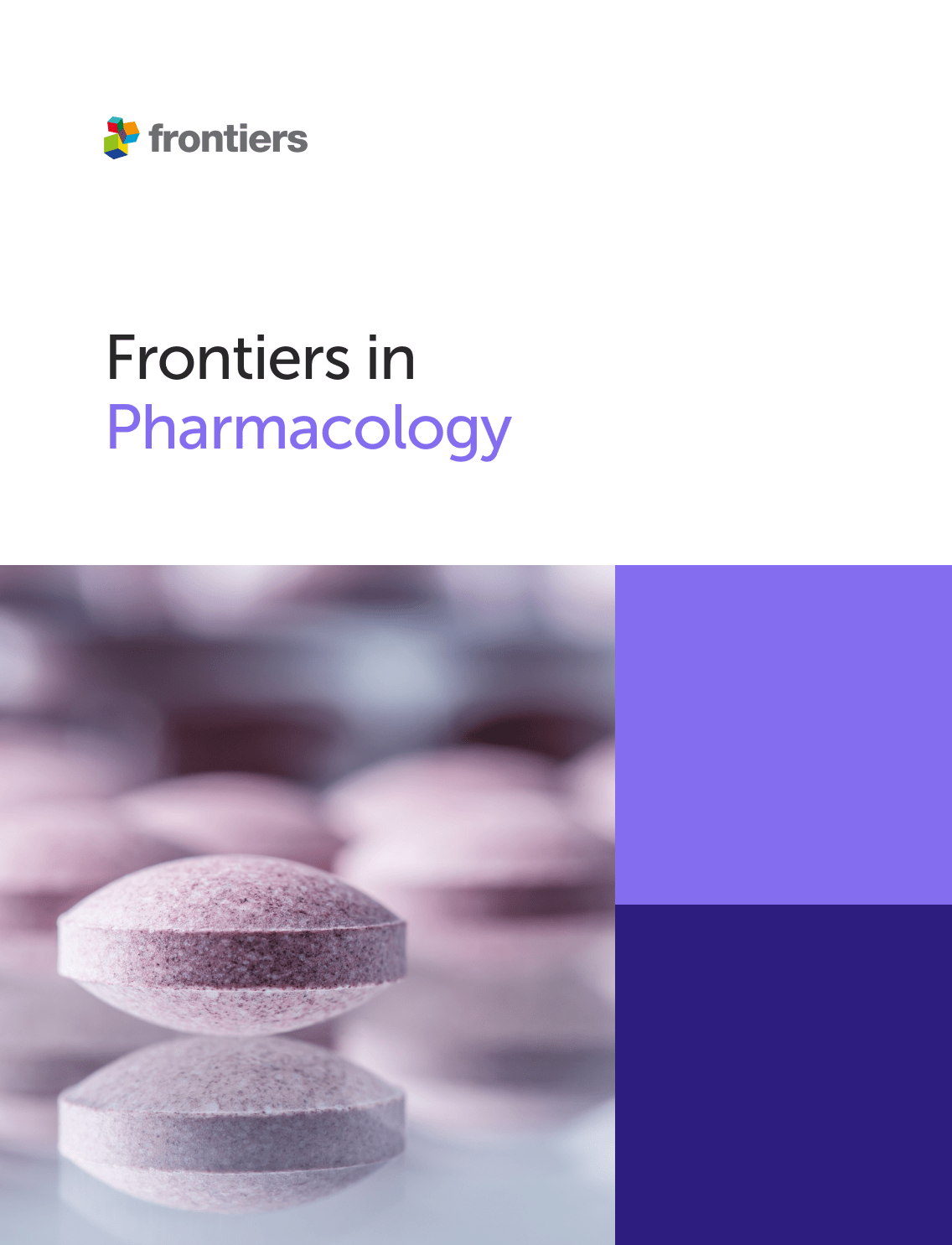
[activecampaign form=52]
You may like
-


Is connection key? How clinicians impact patient outcomes in psychedelic therapy
-


EMA workshop: One small step for Europe, one giant leap for psychedelics
-


Phase 2a trial to investigate 5-MeO-DMT candidate for alcohol use disorder
-


Psychedelics in 2024: a year for investment
-


Ayahuasca retreats associated with increases in nature-relatedness
-
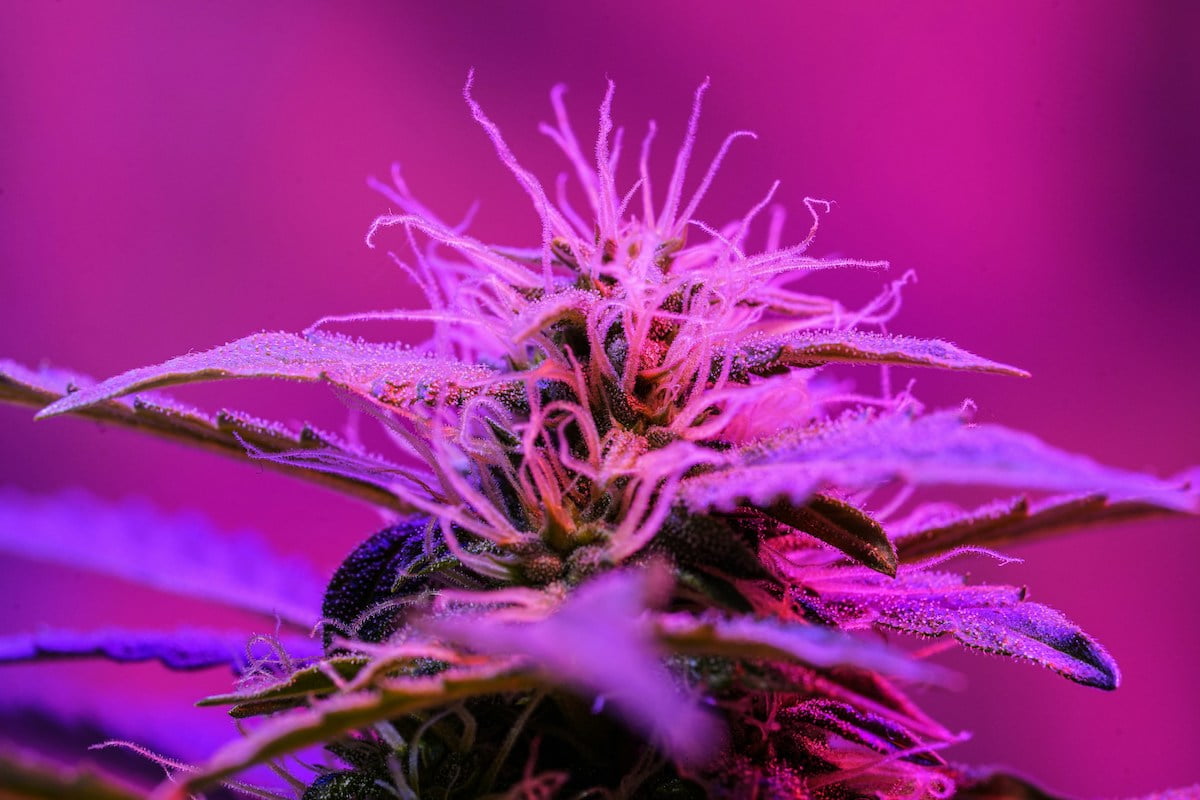

LSD vs THC: Investigating neural complexity for altered states
Research
Is connection key? How clinicians impact patient outcomes in psychedelic therapy
Published
2 days agoon
24th April 2024
A wealth of research is showing how psychedelic-assisted therapy holds promise for the treatment of mental health conditions such as depression, but what role does the therapist play in a patient’s outcome? A new study has suggested it may be a big one.
Psychedelics have piqued huge interest due to their effects on the brain. Research points to their ability to induce neuroplasticity in the brain as one of the key reasons they may help with conditions such as depression and anxiety.
However, set – the individual’s (or patient’s) mental state – and setting – the individual’s environment during a psychedelic experience – are hugely impactful on the outcome of these experiences.
In the traditional use of psychedelic medicines, shamans help to guide set and setting throughout the experience with singing, drumming and ritual. Today, in scientific research, trials, and in clinics, the clinician is essentially playing this role.
Senior author of a new study, Alan Davis, associate professor and director of the Center for Psychedelic Drug Research and Education in The Ohio State University College of Social Work, has highlighted that the impact of clinicians on patient outcomes is not new, with research consistently showing that a trusting relationship between patients and clinicians has been key to better outcomes. This concept is known as a “therapeutic alliance”.
Understanding the therapeutic alliance
To find out more about the impact of this therapeutic alliance in psychedelic therapy, researchers from Ohio State University College of Medicine analysed data from a clinical trial that investigated psilocybin-assisted psychotherapy for the treatment of major depressive disorder (MDD).
In the trial, participants received two doses of psilocybin and 11 hours of psychotherapy, completing a therapeutic alliance questionnaire afterward, which assessed the strength of the therapist-participant relationship.
Participants also completed questionnaires about any mystical and psychologically insightful experiences they had during the drug treatment sessions. In psychedelic research, the mystical experience has often been shown to be related to the continuing positive effects of this therapy.
The Ohio team looked at the depression outcomes alongside patient reports about their experiences with the medicines as well as their connection with their therapists.
They found that a stronger relationship between patient and clinician led to a better clinical outcome for the patient – with improved depression scores up to 12 months following the experience.
Lead author Adam Levin, a psychiatry and behavioral health resident at Ohio State University College of Medicine, stated: “What persisted the most was the connection between the therapeutic alliance and long-term outcomes, which indicates the importance of a strong relationship.”
Analysis results revealed that over time, the alliance score increased, and in fact demonstrated more acute mystical experiences for the patient. The team also found that acute effects were linked to lower depression four weeks following treatment, but were not associated with better depression outcomes a year after the trial.
“The mystical experience, which is something that is most often reported as related to outcome, was not related to the depression scores at 12 months,” Davis stated.
“We’re not saying this means acute effects aren’t important – psychological insight was still predictive of improvement in the long term. But this does start to situate the importance and meaning of the therapeutic alliance alongside these more well-established effects that people talk about.”
According to the team, the analysis showed that a stronger relationship during the final therapy preparation session predicted a more mystical and psychologically insightful experience – which in turn was linked to further strengthening the therapeutic alliance.
“That’s why I think the relationship has been shown to be impactful in this analysis – because, really, the whole intervention is designed for us to establish the trust and rapport that’s needed for someone to go into an alternative consciousness safely,” Davis stated.
“This isn’t a case where we should try to fit psychedelics into the existing psychiatric paradigm – I think the paradigm should expand to include what we’re learning from psychedelics,” Levin added.
“Our concern is that any effort to minimise therapeutic support could lead to safety concerns or adverse events. And what we showed in this study is evidence for the importance of the alliance in not just preventing those types of events, but also in optimizing therapeutic outcomes.”
The authors emphasised that efforts to minimise negative experiences in future studies of psychedelics is vital, and that therapy is critical to creating a supportive environment for patients.
Research
Phase 2a trial to investigate 5-MeO-DMT candidate for alcohol use disorder
Published
1 month agoon
27th March 2024
Beckley Psytech and Clerkenwell Health are collaborating on a Phase 2a trial investigating Beckley’s synthetic 5-MeO-DMT candidate combined with psychological support as a treatment for alcohol use disorder (AUD).
AUD is estimated to affect around 237 million people across the globe and over 7.5 million people in the UK.
Treatment options for the harmful use of alcohol are not always effective – there are high relapse rates and there are around three million deaths each year attributed to the substance’s misuse.
Increasing research is showing that psychedelics may hold promise as innovative treatments for addiction, including substances such as ketamine and psilocybin.
BPL-003 is Beckley Psytech’s short-duration and fast-acting synthetic formulation of 5-MeO-DMT – a psychedelic found in several plant species and the glands of at least one toad species – which is administered intranasally via an FDA-approved delivery device.
The compound has shown in Phase I data to be well-tolerated with a reproducible and dose-linear pharmacokinetic profile.
The Phase 2a trial
Beckley and Clerkenwell have confirmed that the collaborative Phase 2a open-label trial will evaluate the safety, tolerability and pharmacodynamic effects of a single dose of Beckley BPL-003 combined with abstinence-oriented psychological support in participants with AUD.
Currently taking place at King’s College London, Clerkenwell Health’s clinic near Harley Street, London, will provide an additional trial site.
According to Beckley, BPL-003 has been successful in eliciting psychedelic experiences of “similar intensity but shorter duration than psilocybin”.
Dr Henry Fisher, Chief Scientific Officer at Clerkenwell Health, stated: “An estimated 600,000 people are dependent on alcohol in England. This, coupled with an alarming increase in alcohol-related deaths of 89% over the past 20 years, shows the status quo isn’t working.
“Conventional treatments for alcohol dependency aren’t producing meaningful improvements and new avenues must be explored. This trial will assess whether psychedelic-assisted treatment can be an effective therapy for alcohol use disorder, with the hope of rolling out the treatment widely.
“Health professionals and policymakers should seriously consider such treatments, which could be genuinely ground-breaking for the NHS and for the hundreds of thousands of people being treated for alcohol use disorder in the UK.”
Beckley Psytech and Clerkenwell have emphasised that the results of the trial may be used to provide support for further study of psychedelic-assisted treatment for alcohol dependency.
Dr Rob Conley, Chief Medical and Scientific Officer at Beckley Psytech, added: “We’re committed to developing a transformative and effective treatment option for individuals struggling with alcohol use disorder.
“Based on our preclinical and Phase I data, we are optimistic about the potential therapeutic benefits of BPL-003 for substance use disorders and we are excited to evaluate the compound further in this clinical trial.
“I want to extend my thanks to the team at Clerkenwell Health and King’s, as well as to the patients who have joined, and will join, this study. Their participation, support and collaboration are absolutely critical to furthering research into this area of huge unmet need.”
Research
The Entourage Effect in Mushrooms: Natural psilocybin may outperform synthetic
Published
1 month agoon
20th March 2024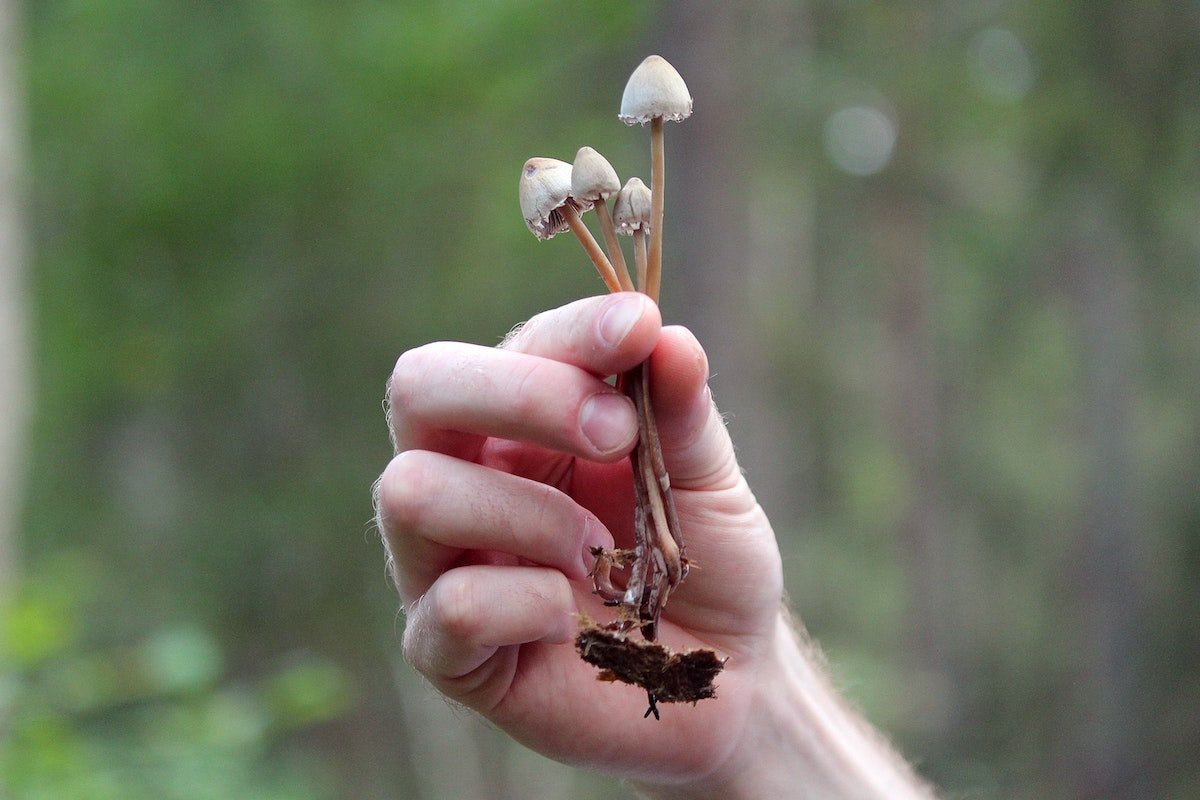
A new study from the Hebrew University-Hadassah Medical Center has indicated that natural psilocybin extracts may demonstrate superior efficacy to synthetic psilocybin extracts.
Recent years have seen a boom in research into psilocybin for the treatment of mental health conditions such as anxiety and depression.
Many of the clinical trials investigating psilocybin use synthetic extracts rather than natural ones. This is because synthetic extracts will contain psilocybin alone, whereas natural psilocybe mushroom extracts will contain several different compounds such as psilocybin, psilocin, baeocystin and norbaeocystin.
Having multiple compounds can pose a challenge when running clinical trials as identifying which compounds are active and what their impact is becomes difficult to measure, and the concentrations of these compounds can vary depending on factors such as growth conditions and processing techniques.
This makes the standardisation of multi-compound medicines a huge challenge, as medicine consistency, reproducibility and dosing become difficult. However, these are essential factors when it comes to conducting clinical trials and receiving approval for medicines from regulators.
The Entourage Effect
In 2011 Dr Ethan Russo put forward the theory of the Entourage Effect in cannabis.
The cannabis plant contains over 400 different cannabinoids that have so far been identified, such as THC, CBD, CBN and CBG.
Russo hypothesised that these different cannabinoid compounds work synergistically to create a therapeutic effect, as opposed to compounds such as THC or CBD working in isolation.
This hypothesis has been touched on only a few times in the scientific literature in relation to psychedelic mushrooms.
For example, in Dr Jochen Gartz’s 1989 paper ‘Biotransformation of tryptamine derivatives in mycelial cultures of Psilocybe’ which proposed a synergistic relationship between compounds in the mushrooms, and a 2015 paper by Zhuck et al, ‘Research on Acute Toxicity and the Behavioral Effects of Methanolic Extract from Psilocybin Mushrooms and Psilocin in Mice’, which observed that the effect of psychedelic mushroom extracts on mice was much stronger than pure psilocybin.
There has been very limited research on this hypothesis in mushrooms since.
A new study: Natural may outperform synthetic
Now, a research team from Hebrew University-Hadassah Medical Center BrainLabs Center for the Psychedelic Research have compared a natural psilocybin extract to a chemically synthesised version.
Published in Molecular Psychiatry, results from the study indicate that the natural extract increased the levels of synaptic proteins associated with neuroplasticity in key brain regions, including the frontal cortex, hippocampus, amygdala, and striatum.
The ability of psilocybin to induce neuralplasticity has been indicated as one of the key features that contribute to its therapeutic effects.
The researchers suggest that these new study results indicate that nautral psilocybin extracts may offer unique therapeutic effects that may not be not achievable with synthesised, single-compound psilocybin alone.
Metabolomic analyses also revealed that the natural extract exhibited a distinct metabolic profile associated with oxidative stress and energy production pathways.
The researchers write: “In Western medicine, there has historically been a preference for isolating active compounds rather than utilising extracts, primarily for the sake of gaining better control over dosages and anticipating known effects during treatment. The challenge with working with extracts lay in the inability, in the past, to consistently produce the exact product with a consistent compound profile.
“Contrastingly, ancient medicinal practices, particularly those attributing therapeutic benefits to psychedelic medicine, embraced the use of extracts or entire products, such as consuming the entire mushroom. Although Western medicine has long recognised the “entourage” effect associated with whole extracts, the significance of this approach has gained recent prominence.”
However, compared to cannabis, the researchers suggest that mushroom extracts present a unique case, as they are highly influenced by their growing environment such as substrate, light exposure temperature and more.
“Despite these influences, controlled cultivation allows for the taming of mushrooms, enabling the production of a replicable extract,” the team writes.
The researchers emphasise that this research underscores the superiority of extracts with diverse compounds, and also highlights the feasibility of incorporating them into Western medicine due to the controlled nature of mushroom cultivation.
Recent Articles
- Is connection key? How clinicians impact patient outcomes in psychedelic therapy
- EMA workshop: One small step for Europe, one giant leap for psychedelics
- Phase 2a trial to investigate 5-MeO-DMT candidate for alcohol use disorder
- The Entourage Effect in Mushrooms: Natural psilocybin may outperform synthetic
- Psychedelics in 2024: a year for investment
- Ayahuasca retreats associated with increases in nature-relatedness
Trending
- Ketamine for alcohol addiction granted UK fast-track designation
- NHS Trust enters MOU to increase psychedelic-assisted therapy in UK
- Is psilocybin safe to administer under medical supervision?
- Ketamine could be an effective treatment for children with ADNP syndrome
- Hope on the horizon for 2024 FDA approval of MDMA therapy
Trending
-

 Opinion2 years ago
Opinion2 years agoClerkenwell Health is launching a free UK psychedelic therapist training programme
-
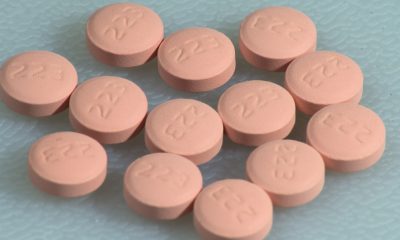
 Insight3 years ago
Insight3 years agoMixing psychedelics with lithium poses significant risk of seizures
-

 Medicinal2 years ago
Medicinal2 years agoMDMA therapy for PTSD granted innovation passport by UK
-
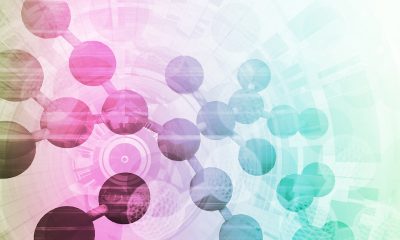
 Research2 years ago
Research2 years agoLSD trial for the treatment of adult ADHD initiated
-

 Medicinal2 years ago
Medicinal2 years agoMDMA: the love drug?
-

 Markets & Industry1 year ago
Markets & Industry1 year agoWhere can I find training for psychedelic therapy?
-
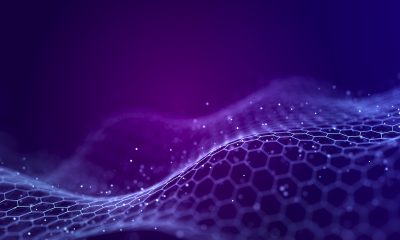
 News3 years ago
News3 years agoAwakn’s second psychedelic therapy clinic to open in London
-

 Medicinal2 years ago
Medicinal2 years agoNew compound could make microdosing “heart-safe”



